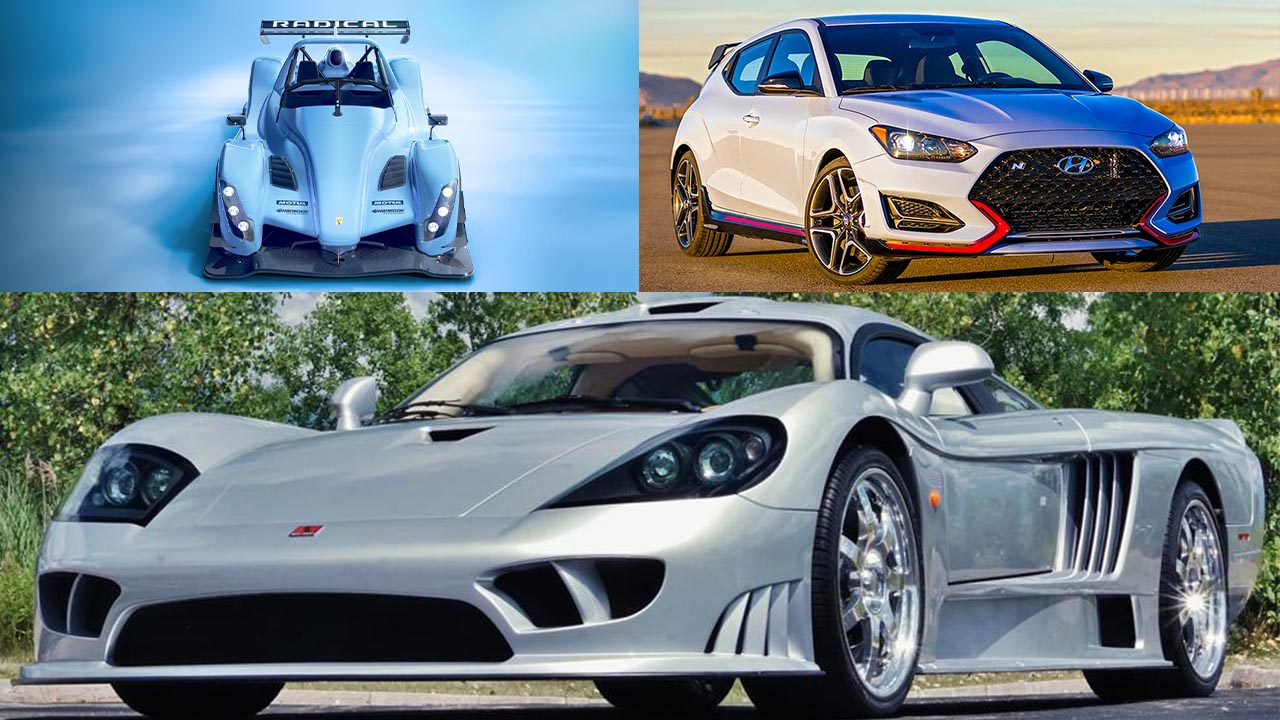Far too many unique cars go unnoticed and underappreciated. Automakers have sometimes introduced their sports cars with pricing that was simply too high, failed to market them effectively, or, in some cases, created models that were just too ahead of their time—take the Pontiac Aztek, for example, with its unconventional coupe design.
As we move through this list, you’ll see a recurring trend: many of the manufacturers behind these vehicles no longer exist, or they’ve discontinued the models altogether due to poor sales. But today isn’t about pointing fingers or placing blame.
On the contrary, this is about giving these overlooked vehicles the recognition they deserve—because they are genuinely incredible and absolutely nothing to be ashamed of.
10. Hyundai Veloster N
There was a time when Hyundai was solely known for producing bland, everyday commuter vehicles. Fast forward to today, and this South Korean automaker is now behind some of the most exciting hatchbacks on the planet. Even their new sub-compact SUV, the Kona N, is making waves in the performance world.
That said, Hyundai’s specialty clearly lies in hot hatches, and among all their offerings, the Veloster N stands out as the most iconic little pocket rocket they’ve built.
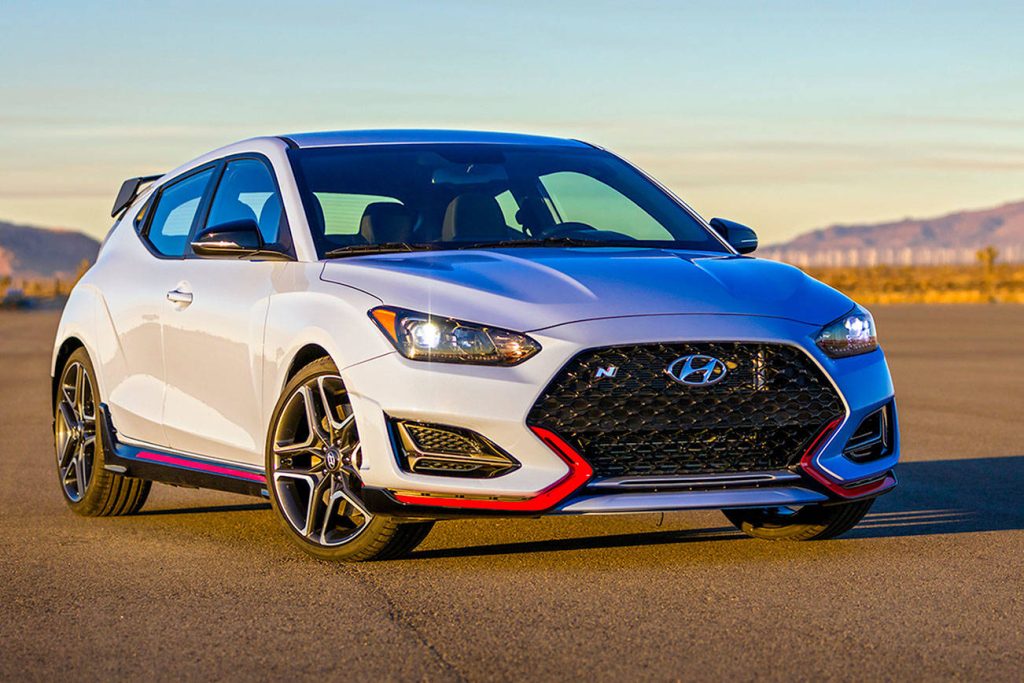
It wasn’t just eye-catching in terms of design—it also packed a punch with its lively turbocharged four-cylinder engine delivering 275 horsepower and a delightfully fruity exhaust note. Oh, and let’s not overlook one of its rare modern-day perks: it’s one of the few new performance cars still available with a standard manual transmission.
9. TVR Sagaris
TVR, a niche British sports car brand, has long been committed to crafting uniquely driver-focused machines, unlike anything else on the road. To this day, enthusiasts are still discovering the quirks and hidden features embedded in their creations.
Among their standout models is the Sagaris—a car that’s anything but subtle. With rear side-exit exhausts, textured fender scales, and a transparent rear wing, it’s clear this vehicle wasn’t designed to fly under the radar.
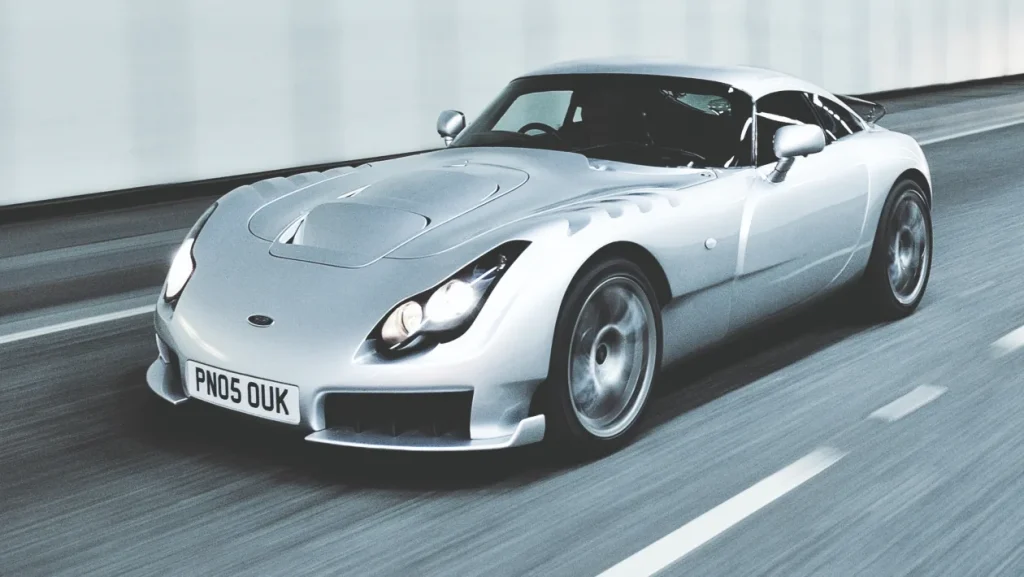
While it may not be as brutally unforgiving or outright dangerous as some of TVR’s older beasts like the Cerbera or the Tuscan, what the Sagaris lacks in raw intimidation, it more than makes up for with sharp handling and sheer capability.
It accelerates from 0 to 60 mph in just 3.8 seconds, and thanks to its 400-horsepower 4.0-liter straight-six engine, it keeps pulling all the way to a top speed of 195 mph.
8. Spyker C8
Spyker is a car brand that flies well under the radar—even among car enthusiasts, not many are familiar with the name. But for those in the know, this Dutch automaker has built a reputation for crafting some truly remarkable vehicles over the years.
The brand’s latest creation, the C8, is a high-end touring car that draws from a mix of premium parts sourced from other notable manufacturers.
The coupe version comes fitted with a V8 engine developed by Audi, while the convertible variant is set to receive a powerplant built by none other than Koenigsegg. Its suspension is supplied by Lotus, and the rest of the C8’s construction is a blend of lightweight carbon fiber and pure aluminum.
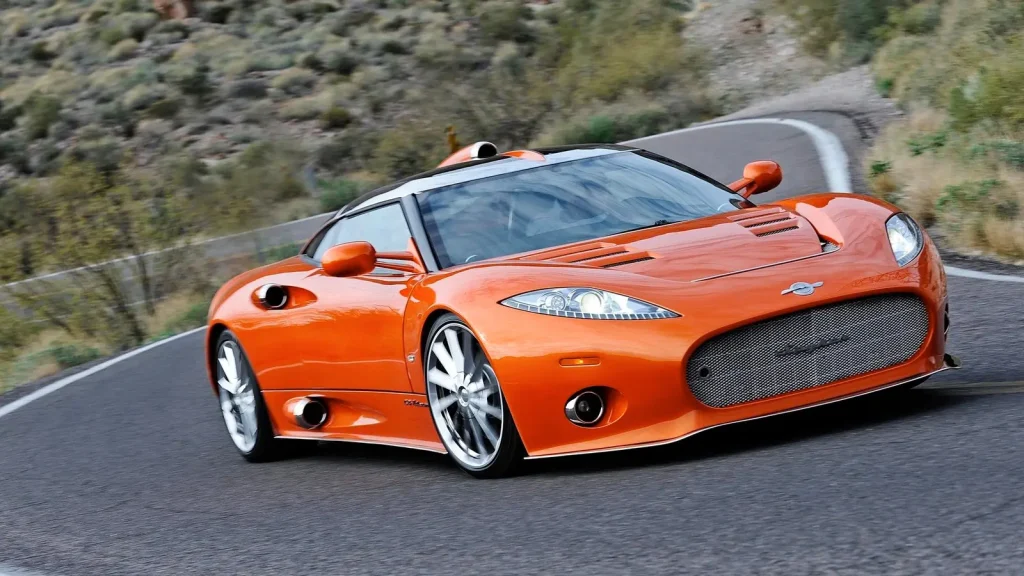
7. Holden Ute
Dropping a massive V8 into a pickup truck isn’t exactly a groundbreaking idea—just look at the Chevy El Camino—but the Holden Ute, an Australian-born muscle truck, brings something a bit more distinctive to the table.
If you’ve never seen one on American roads, that’s because these beasts are primarily sold in Australia, and getting one into the U.S. requires importing it.
So, what made this particular Ute so special? It housed a naturally aspirated 6.0-liter V8 producing 367 horsepower, with all that muscle sent straight to the rear wheels. In real-world terms, that meant you could take your seemingly practical pickup, rattle the entire neighborhood awake, and lay down smoky black streaks on the pavement while your friends cheered you on.
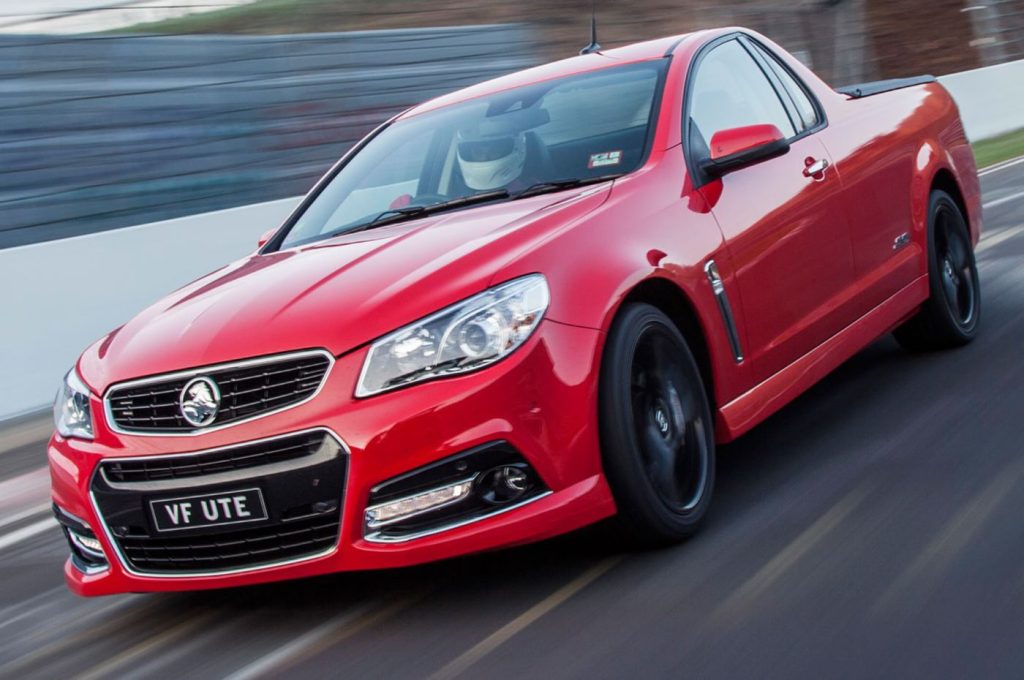
6. Peugeot RCZ R
Once upon a time, in a land not so close to home, the French automaker Peugeot decided to throw its hat into the sports car ring, taking on competitors like the Audi TT and MG TF with a striking new model called the RCZ.
The Peugeot RCZ remains one of the most visually stunning sports cars ever produced, thanks to its distinctive double-bubble roof and interior wrapped in premium leather—but unfortunately, it never got the recognition it truly deserved
Determined to prove they were serious about performance, Peugeot gave the RCZ a major upgrade.
They replaced the original front-wheel-drive layout with an all-wheel-drive system, cranked the power of its turbocharged 1.6-liter four-cylinder engine up to 270 horsepower, and fitted it with a dual-exit exhaust and a sporty rear spoiler to round out its aggressive transformation.
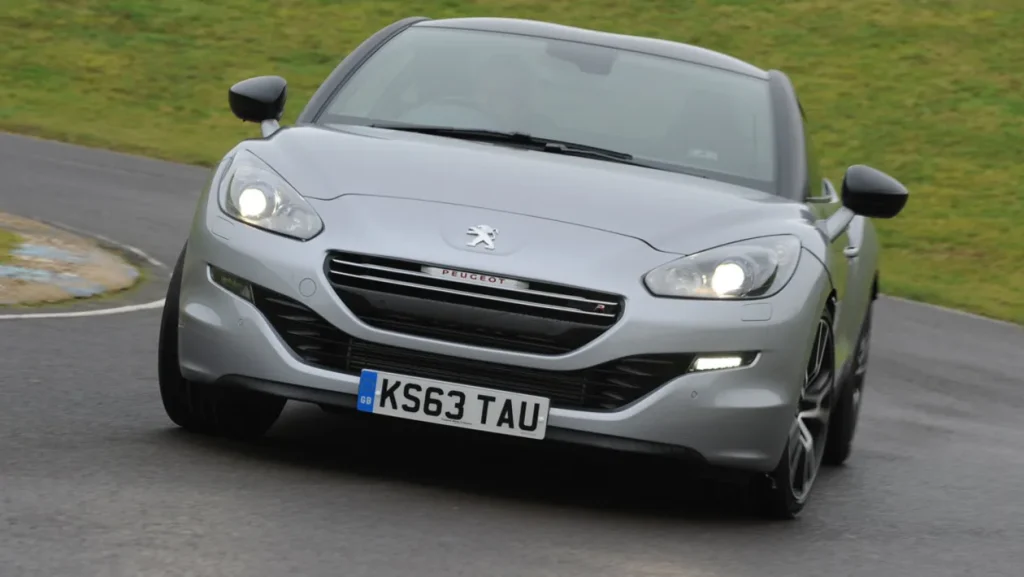
5. Saab 900 Turbo
Swedish carmakers have always had a knack for doing things differently, and during its prime, Saab was among the most inventive of them all. When Saab was still in the game, they engineered some of the most groundbreaking vehicles on the road.
One of their most iconic creations was the 900 Turbo from the late 1970s. At a time when turbochargers were rare and typically led to brutal turbo lag and terrible fuel economy, Saab dared to go another route.
What set the 900 Turbo apart was its ability to build boost at low RPMs, eliminating the dreaded lag and avoiding excessive fuel consumption.
It wasn’t just about engine performance either—the 900 Turbo stood out with its unmistakable design, unlike anything else driving around back then. And inside, Saab delivered one of the most user-friendly, thoughtfully designed cockpits the industry had ever seen.

4. Saleen S7
Saleen has been tuning Mustangs for a long time, but not many are aware that they also hand-built their very own supercar, the Saleen S7, which was proudly American-made.
True to form, like most American cars, the S7 was as large and powerful as they come. It featured a monstrous naturally aspirated 7.0-liter V8 engine mounted at the rear, stretched across a 188-inch length and 78-inch width, and boasted an impressive top speed of 220 mph.
The Saleen S7 came standard with a 6-speed manual transmission and weighed under 2,800 pounds. If, for some reason, its 550-horsepower output doesn’t quite impress you, the S7 eventually evolved into a twin-turbocharged version that cranked up the power to 750 horsepower.
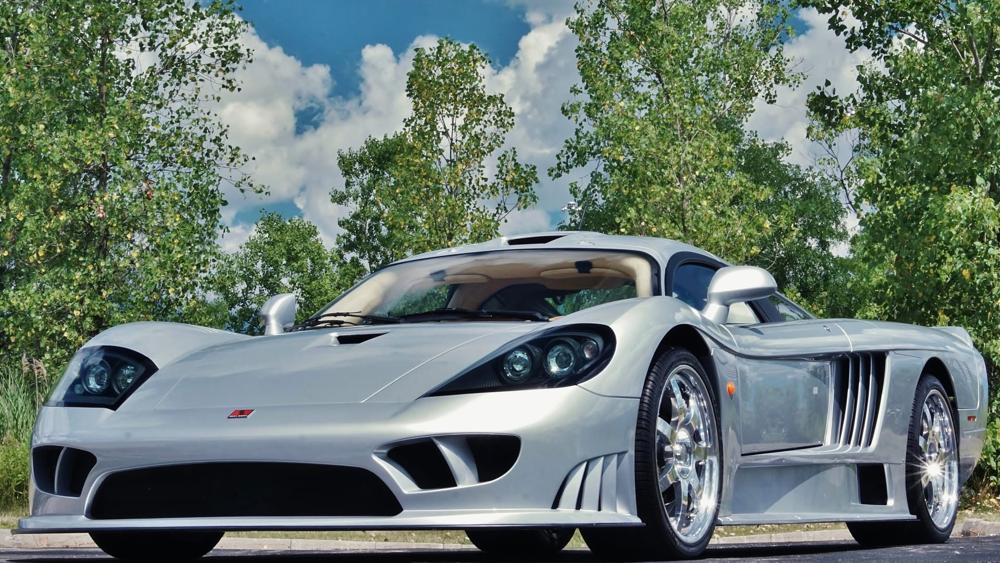
3. Mosler MT900S
Let’s tackle the obvious question right away: if you’ve ever played Forza Horizon, you’ll know exactly what this rocket ship is. But for the rest of the world, the Mosler name might be completely unknown.
Mosler has built some unconventional-looking supercars in the past, such as the Intruder/Raptor, but the MT900S drew its styling inspiration from a variety of sources around the world.
From the rear, it resembled a beefy Corvette C5, its front-end looked a bit like a copy of a Dodge Viper, and its profile was that of a typical race car. But the Mosler wasn’t just about appearances—it was a bona fide speed machine.
Powered by a mid-mounted Corvette Z06-derived LS6 V8 engine producing 600 horsepower and weighing just 2,200 pounds, the MT900S could rocket from 0 to 60 mph in a blistering 3.1 seconds—keep in mind, this was in 2006.
Only 25 Mosler MT900S models were ever built, with just two making their way to America, and the first person to own one was none other than George Lucas himself.
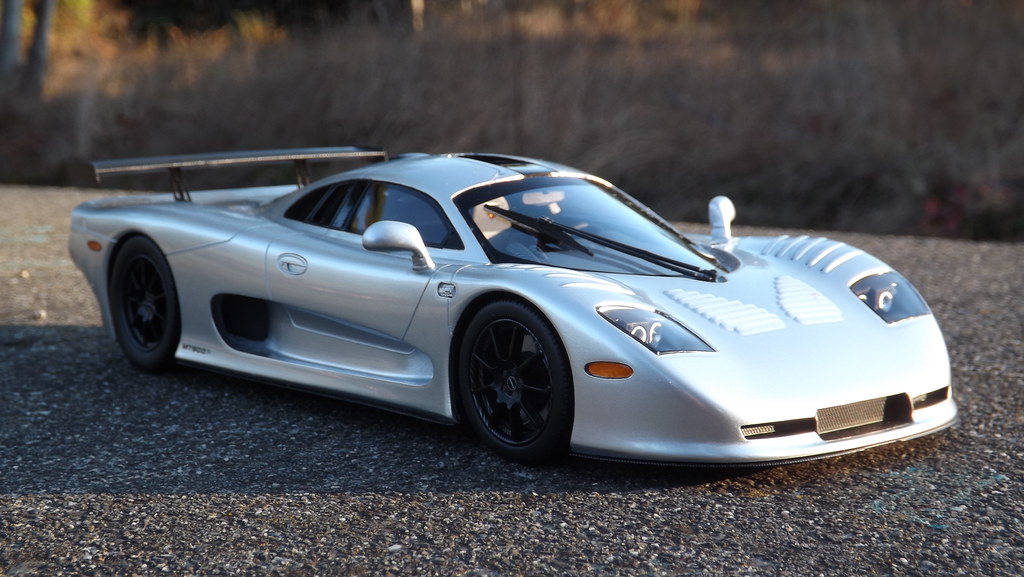
2. Citroën DS
The very first Citroën DS model, despite being nearly 60 years old, still holds its ground when it comes to automotive luxury. The DS was truly one of the most groundbreaking vehicles ever created, boasting an innovation known as hydropneumatic suspension, which effectively absorbed nearly all the rough surfaces and bumps on the road.
Not only did this set a new standard for comfort, but the DS was also the first-ever production car to be equipped with disc brakes instead of the traditional drum brakes.
In terms of technology, Citroën was miles ahead of its time. They designed the DS with a sleek, stylish body that immediately set it apart from all the other “regular” cars of that era.
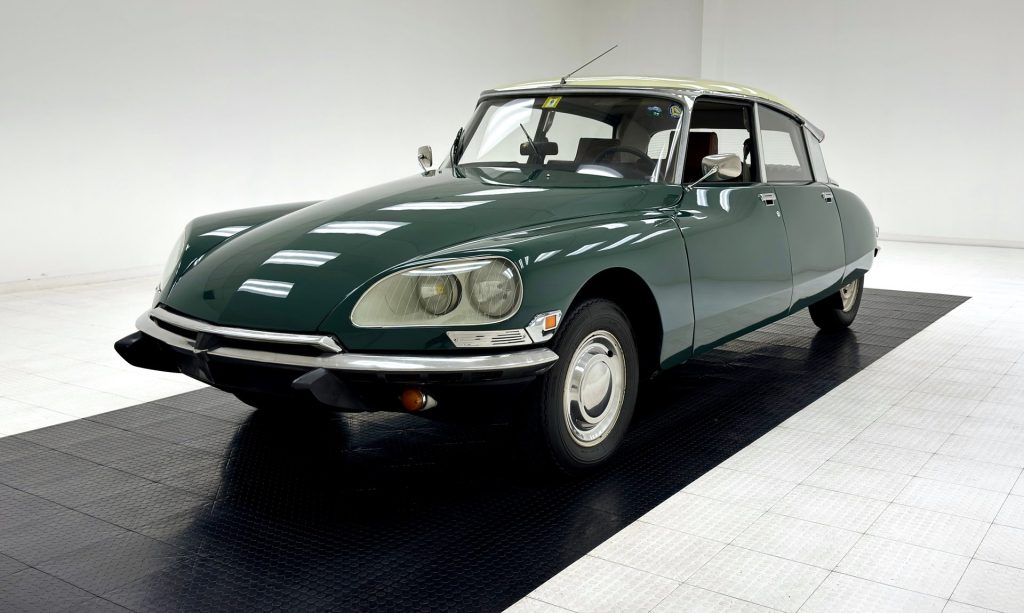
1. Radical SR10
There are a number of extreme track cars today that are legally street-legal, but the SR10 truly feels and looks like a racecar you could drive on public roads. Radical has been crafting track cars since 1997, and their latest creation, the SR10, is a proud testament to their expertise—it’s fully road-legal.
The SR10 is powered by a finely tuned Ford EcoBoost engine, boosted with a Garrett turbocharger to produce 425 horsepower and 380 lb-ft of torque.
With such massive power combined with its featherlight weight of just 1,600 pounds (725 kg), the SR10 rockets from 0 to 60 mph in an astonishing 2.4 seconds and generates a lateral force of 2.3 g.
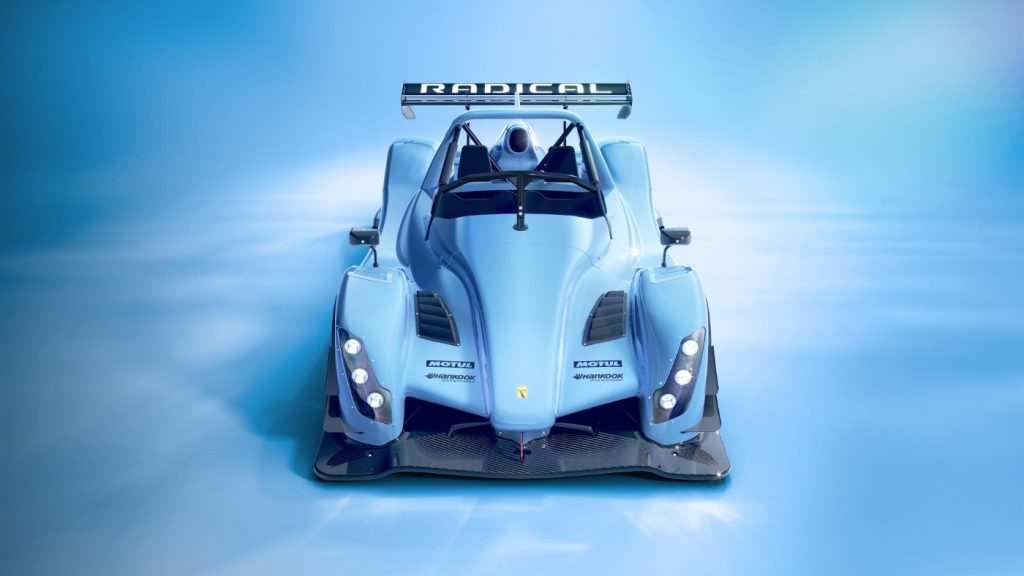
Unfortunately, Radical’s racecars are only assembled in the UK, and importing one to the U.S. would set you back around $155,000 in total costs.

